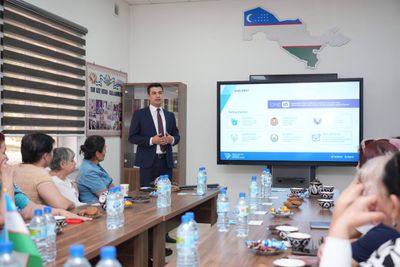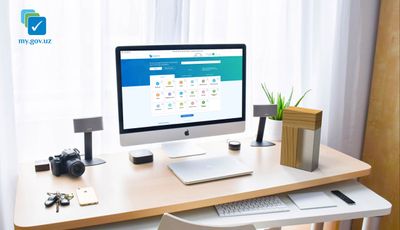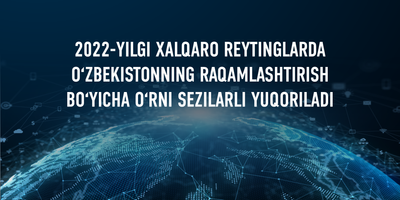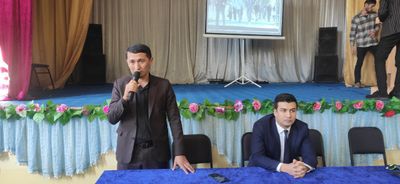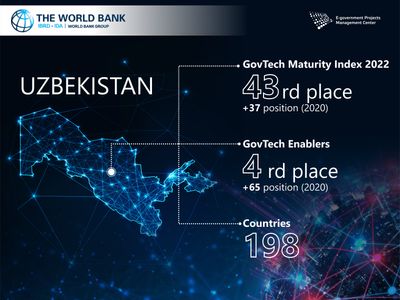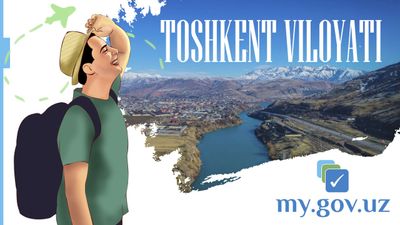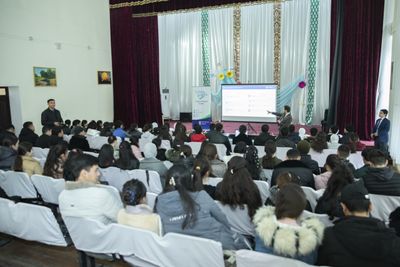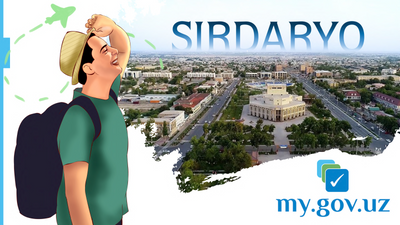Anti-corruption hotline
Electronic services
Introduction and development of electronic government services
By the Resolution of the Cabinet of Ministers of September 15, 2017, № 728 "On measures to improve the provision of e-government services through the Single portal of interactive state services of the Republic of Uzbekistan", the "Regulation on the Single interactive state service" was approved.
According to the law on e-government, an e-government service is a government service provided using information and communication technologies.
Electronic services are provided to individuals and legal entities, as well as government authorities.
E-government services are divided into 3 types:
- information type services
- interactive services
- transactional services
Information service is a service that provides information about a service, such as where, by whom, and to which address. Interactive services are services that can be obtained by submitting an application and contacting the appropriate organization to obtain a result, i.e. services that the service provider accepts with the involvement of a human factor. Transactional services include services that are provided online with the participation of information systems until the application is submitted and the final result.
At the end of the first quarter of 2024, 595 public services were available through the Unified Portal. In 2023 alone, only 200 services were introduced and improved on the Unified Portal. In 2024, it is planned to increase the number of government services on the Unified Portal to 700, through the introduction of 170 popular electronic government services.
With the improvement of the mobile application of the Single Portal, the number of services in the mobile application exceeded 66.
Pages on social networks of a Single portal were launched (https://t.me/MyGovUz, https://www.instagram.com/my.gov.uz/, https://www.youtube.com/channel/UC7NMuSYJQUKQSLQnE2L5L2A ).
In addition, a feedback system was launched, particularly a short telephone number 1242, a telegram bot (@myGovUzSupportBot) to answer questions and suggestions that arise in using e-government services through the Single Portal to eliminate technical problems.
A special module for Public Service Centers contains more than 300 government services, and the “Single Agent Cabinet” for post offices contains about 80 government services.
